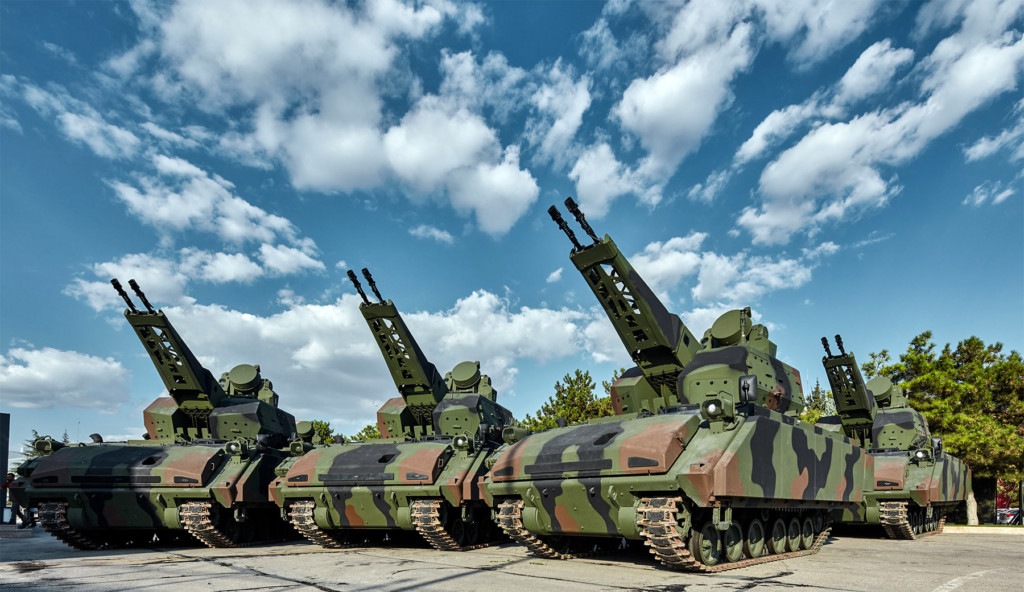If it flies high enough, its feasible.exaclty what i was thinking of.
View attachment 66039
what do you guys think about this solution, cheap, 7/24 search and track, attach it to the ground station, connect this to network and game over.
The balloon that got shot down by the F-22 was on the edge of the F-22's reach.
75-80k-ish ft should do.






